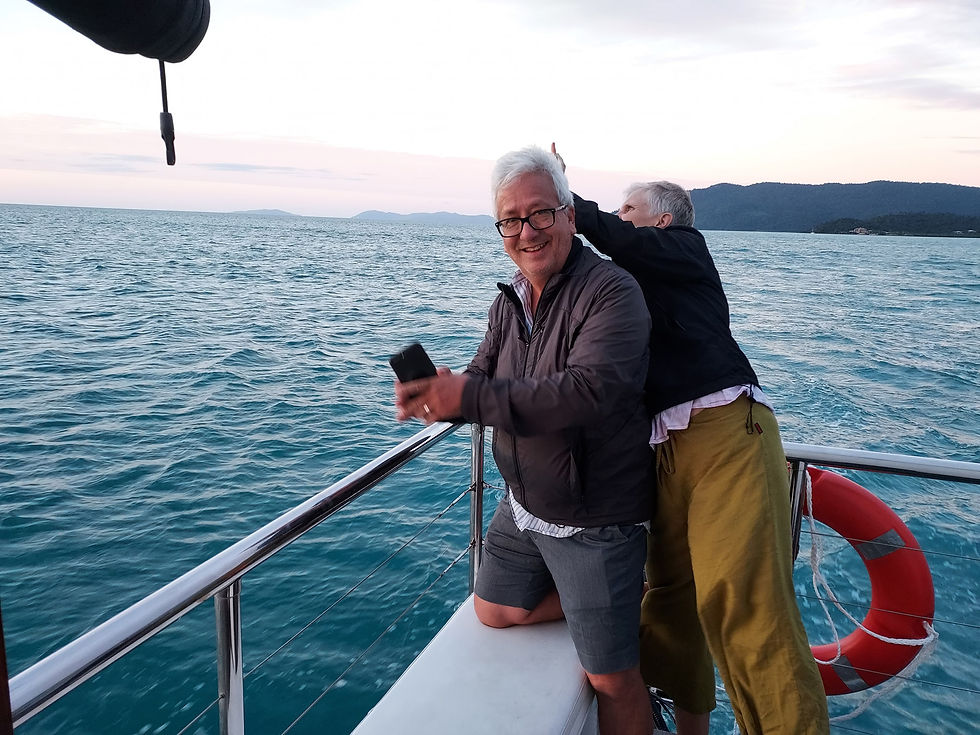What is a Stewardship Economy?
- kat5333
- Apr 16
- 2 min read
A stewardship economy focuses on caring for the land, water, and all living things, protecting the environment while building a strong, sustainable community. It operates on the principle that everything—people, the land, and resources—is interconnected and must be managed for the benefit of future generations.
Leading the Way with Stewardship Economies
Stewardship is about maintaining balance with the environment, and it has been a part of First Nations culture for thousands of years. First Nations communities, including the Gitga’at First Nation, have long practiced stewardship, rooted in traditional knowledge passed down through generations.
In recent years, more non-Indigenous governments and businesses have recognized the importance of stewardship. As climate change and environmental degradation become more pressing, the need for such change is urgent. A stewardship economy shifts toward sustainability, aligning environmental care with economic development.
How a Stewardship Economy Works
A stewardship economy prioritizes sustainability and community wellbeing. Resources in a territory are managed carefully to avoid environmental harm. For example, sustainable fishing and forestry practices monitor stocks to prevent overharvesting of resources. The goal is to ensure that today’s actions do not deplete the resources needed for tomorrow.
Stewardship often involves partnerships, like those between First Nations and other organizations, to create jobs and strengthen local economies (while protecting the environment). As an example, the Gitga’at First Nation collaborates with partners like Probyn Log for sustainable timber harvesting, balancing economic development with ecological care.
The Benefits of a Stewardship Economy
One of the biggest benefits of a stewardship economy is that it provides a way for communities to thrive while caring for the land; it creates jobs, builds skills, and encourages long-term thinking. This type of economy also ensures environmental protection, preserving a healthy planet for future generations.
This approach empowers communities, allowing them to lead in the stewardship of natural resources within their traditional territories and benefit from the economic opportunities created by these practices.
Stewardship Economies: A Traditional Way Forward
We can move toward a more sustainable and balanced future by embracing stewardship. How we use resources today shapes the economy and environment for future generations. As partnerships grow and support strengthens, the stewardship economy can become a powerful model for the future.
What would it look like for your community if stewardship was at the heart of every decision?



Comments